Nu pierdeți cele mai bune locuri de muncă!
Abonează-te și săptămânal iți vom trimite un email cu ultimele locuri de muncă disponibile. Introdu adresa ta de email mai jos
Guyana, South America, where the Caribbean meets Amazonia in a fascinating blending of cultures. Steeped in British and Dutch influence, a place largely unexplored invites you to experience its diverse environment through savannah, jungle, and coastal excursions.
CULTURAL TIPS AND TRAVEL ADVICE
English is the official language of the Co-operate Republic of Guyana, but most locals speak with a creole twist. The majority of Guyanese are of East Indian or African descent. Nine indigenous Amerindian tribes, and a smattering of mostly Chinese and Europeans make up the rest of the population.
There are two rainy seasons in Guyana, normally May to August and November to January. Getting to interior locations during wet months can be difficult due to flooding.
Travel lightly. There are luggage restrictions on internal flights, and handling large loads on local transport is cumbersome.
Most banks in bigger cities have ATMs, and many large establishments accept credit cards, but bring some cash to exchange just in case.
HEALTH AND SAFETY
Malaria is prevalent throughout interior locations of Guyana. Take preventative medication. Mosquito nets and insect repellent are readily available. Get recommended vaccines before arrival.
Drink bottled water and rinse local produce thoroughly.
Petty theft is common in parts of Georgetown. It is not advisable to walk alone at night. Take public transportation, and do not wear flashy jewelry. Be aware of your surroundings. Rural regions are safer.
GETTING AROUND GUYANA
While navigating the interior on your own is doable, it is best to book tours or find local guides to travel around Guyana. There are many eco-friendly options.
Taxis or minibuses are common in cities and along the coast. Domestic flights can be taken from Ogle Airstrip in Georgetown, as well as Cheddi Jagan International Airport. Large ferries cross most major rivers. Speedboats seem to be the preferred, faster way. Ask locals for help.
HOLIDAYS AND FESTIVALS IN GUYANA
Many holidays in Guyana are religious, as most Guyanese are Christian, Hindu or Muslim. People fly handmade kites on Easter Sunday and Monday. Diyas are lit and flaming steal wool is spun for Deepavali (Diwali). Colored powder and water are thrown on family and friends during Phagwah (Holi). And parades featuring spectacular costumes are part of Mashramani (Mash) events to commemorate Guyana's Republic Day.
WHAT TO EAT AND DRINK IN GUYANA
Pepperpot is a traditional Amerindian dish primarily eaten at Christmas. Black cake (similar to fruitcake) can be sampled at special events. Locals and tourists alike enjoy delicious Indian curries served with various forms of roti. Exotic options like labba, or “bush meat” are also worth trying.
Sip award winning El Dorado Rum neat or on the rocks. Even tour the Demerara Distillery to see what makes this specific rum famous. Perhaps it is the locally produced Demerara sugar, or the centuries-old techniques used in the process.
MUST-SEE DESTINATIONS IN GUYANA
There are lots of things to see and do in Georgetown, but Guyana is better experienced outside of the city. An obvious transition takes place as you enter the interior, and a different way of life can be found.
Mabaruma and Shell Beach
Located near to the Venezuelan border, Mabaruma is an Amerindian community on a hill above the rainforest. Several smaller villages and waterfalls dot the area. Get to Mabaruma by speedboat, steamer, or plane, and then take a boat to Shell Beach.
Shell Beach is a nesting site for four sea turtle species including the Leatherback, protected by the Guyana Marine Turtle Conservation Society. It extends for about 90 miles off of Guyana’s northwestern coast.
Facilities are primitive. Hang a hammock or snooze in a tent, dine on meals prepared by caretakers, and observe turtles at night. Nesting season usually runs from March to July.
Lethem and the Rupununi Savannah
Lethem is a southern, mostly Amerindian community bordering Brazil. The Kanuku Mountains can be seen in the distance, and nearby Moco-Moco Falls offers a refreshing dip in between giant boulders.
An annual Easter rodeo takes place in Lethem. It attracts local and Brazilian tourists. Entertainment for the occasion includes bull riding. Fill up on Brazilian-inspired meat and caipirinhas.
Traveling around the Rupununi savannah is a necessity. The area is home to endangered species, some of which are found nowhere else in the world. For a great example of conservation work being done in Guyana, add the Iwokrama International Center to your list of regional stops.
Daily flights are available between Georgetown and Lethem, or travel by commercial bus or minibus on the Linden to Lethem road.
Santa Mission
To appreciate Amerindian culture without venturing too far from Georgetown, head to Santa Mission. Swim in a blackwater river, take in a sunset, and shop at a store run by villagers selling authentic handicrafts.
Contact the village caption prior to arrival, and especially if you want to stay overnight in the large benab (thatched hut). Pack everything you need for the trip. Santa Mission is a short boat ride away from Timehri.
Essequibo River and Coast
Visiting the Essequibo Coast provides a chance to see a different, slower slice of Guyanese life. Popular river resorts, fort ruins, and waterfalls can also be experienced while cruising along the Essequibo River to Bartica. Tours typically depart from the dock in Parika.
Kaieteur Falls
Traveling around Guyana would not be complete without a trip to Kaieteur National Park. Nothing gets in the way of viewing a stunning wall of water dropping over 740 feet. There are no railings, no restaurants, only a few buildings including a rustic guesthouse.
Kaieteur Falls has a particularly unique ecosystem, supporting vividly colored flora and fauna. The best time to go is at the end of a rainy season. Fly to Kaieteur, or do an up to five-day overland hike.
WHY YOU SHOULD GO TO GUYANA
There is a popular saying in Guyana. If you drink the blackwater and eat labba, you will go back. One trip is hardly enough to soak up what this surprisingly small country has on display. Pristine rainforest. Unmatched biodiversity. A rare chance to discover a place very few have.
A country in disarray from years of neglect clings to eco-tourism for a promising, sustainable future. Support Guyana’s eco-friendly services whenever possible.
Sign in to publish a comment
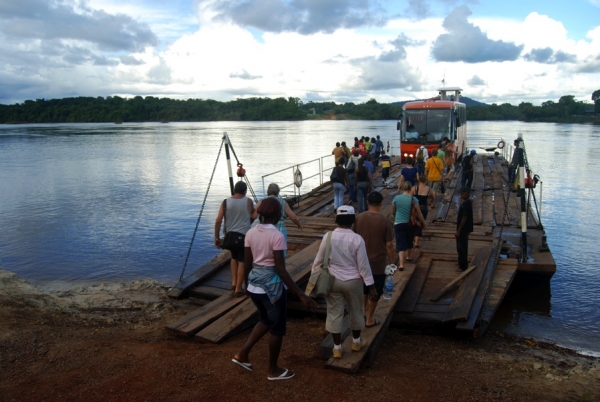
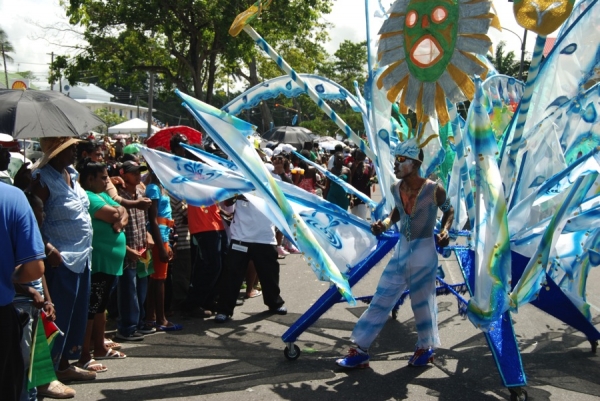
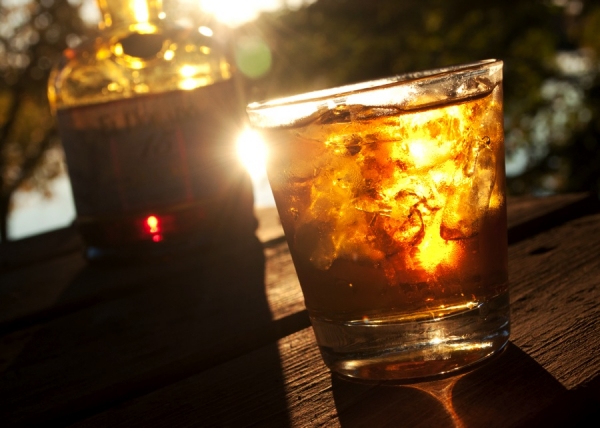
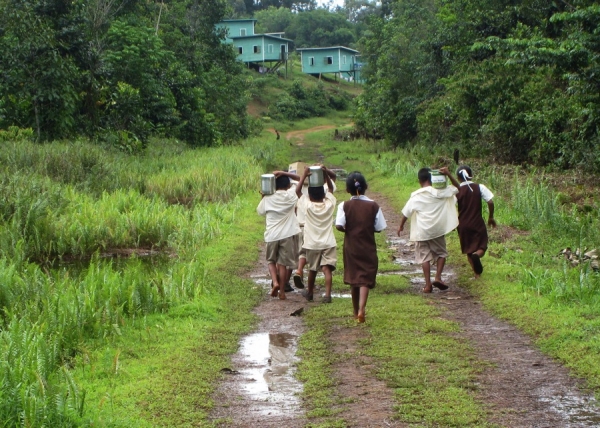
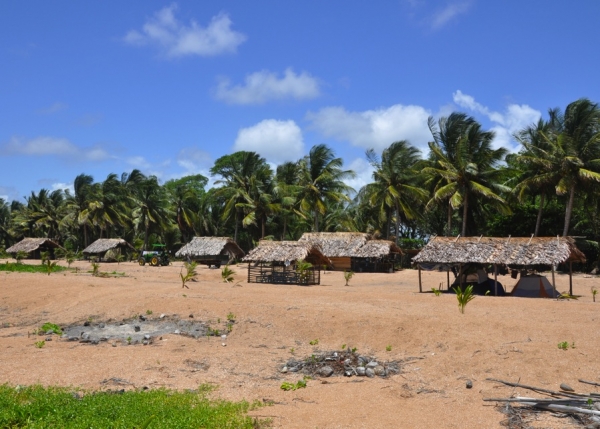
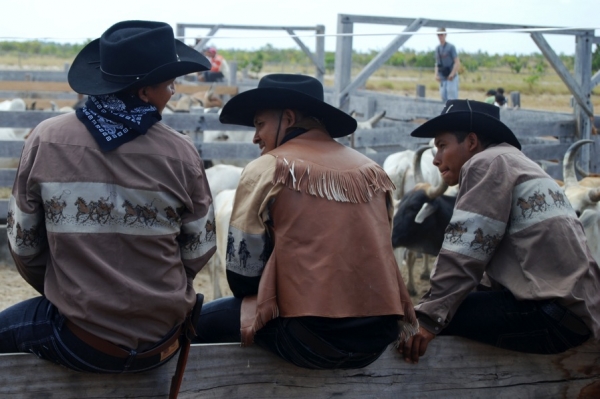
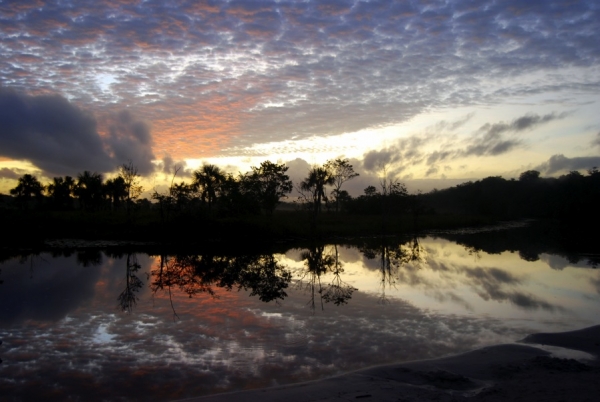
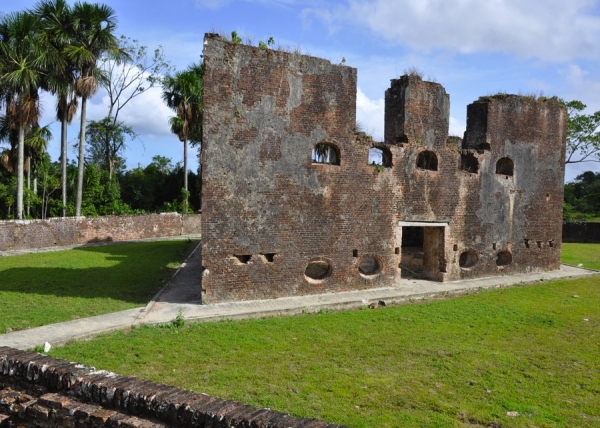
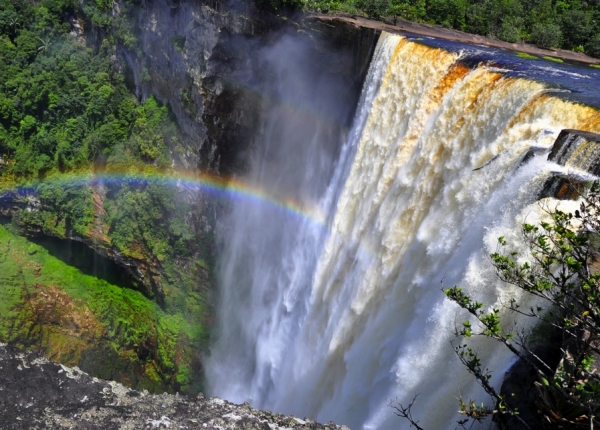
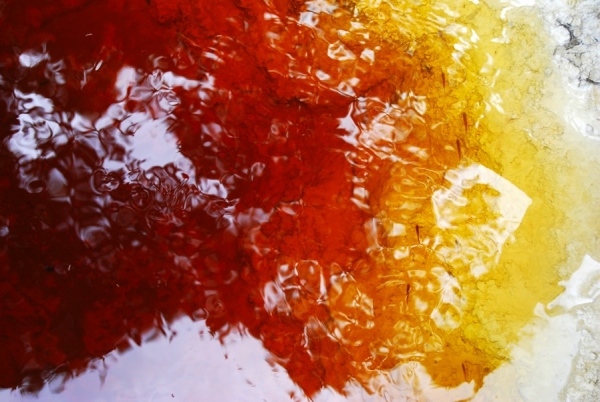
Be the first to comment on this post.